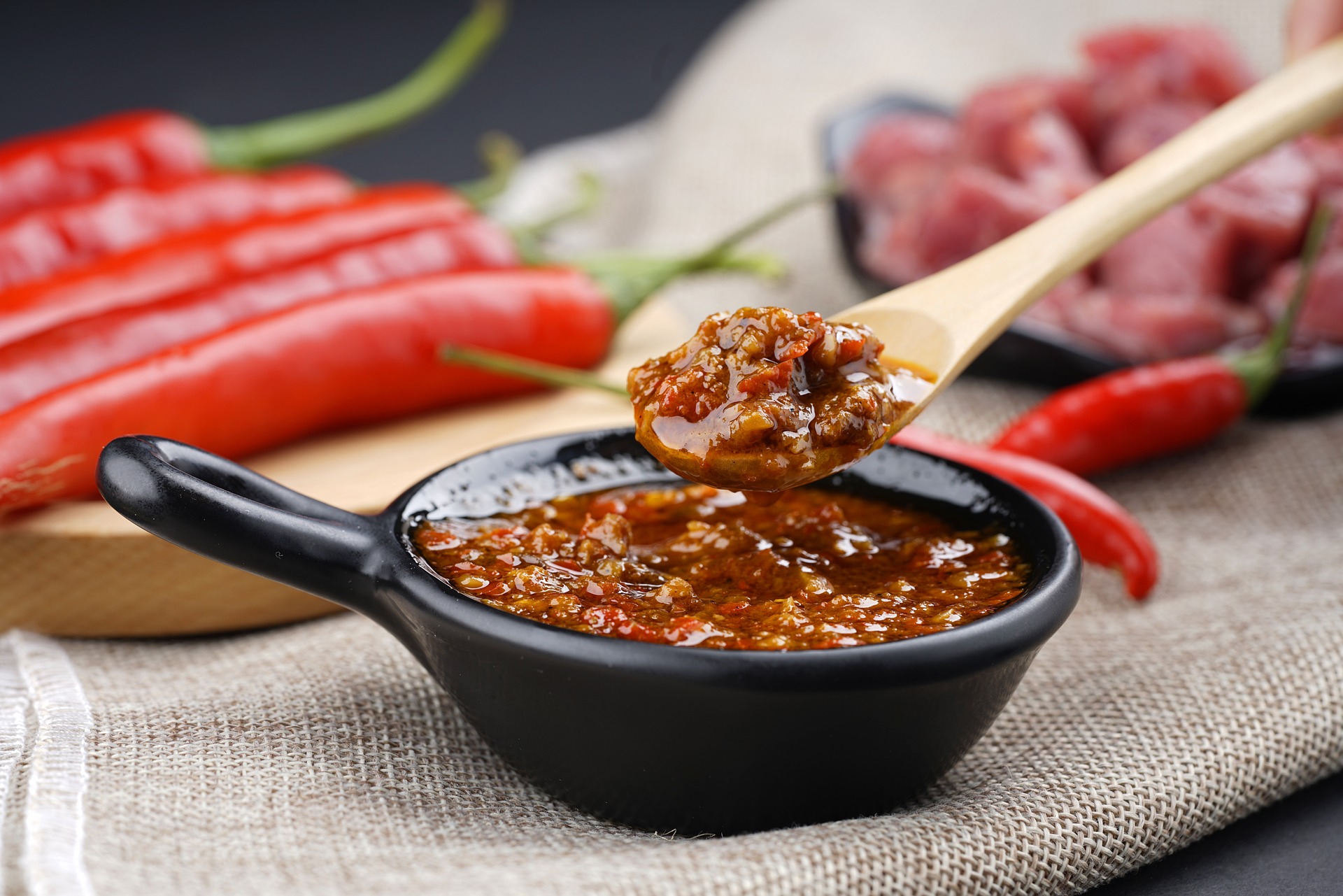Umami Unleashed: Exploring the Fifth Taste Sensation
Dive into the world of umami, the elusive fifth taste that's captivating chefs and food enthusiasts alike. This savory sensation, long celebrated in Asian cuisines, is now taking center stage globally. From its scientific roots to its culinary applications, umami is revolutionizing the way we think about flavor. Join us on a journey to unlock the secrets of this taste phenomenon and discover how it can transform your cooking.
Umami-Rich Ingredients
Umami is present in a wide variety of foods, both natural and processed. Some of the most potent sources include aged cheeses like Parmesan, cured meats, mushrooms, tomatoes, and fermented products such as soy sauce and miso. Seafood, particularly dried seaweed and fish sauce, also pack a powerful umami punch. Interestingly, breast milk is rich in glutamates, suggesting that our appreciation for umami begins at birth. By incorporating these ingredients into your cooking, you can create dishes with greater depth and complexity of flavor.
Umami in Global Cuisines
While umami has been an integral part of Asian cooking for centuries, its influence can be found in cuisines worldwide. In Italian cuisine, the combination of Parmesan cheese and tomatoes in many dishes creates a umami-rich experience. French chefs have long used techniques like reduction and roasting to concentrate umami flavors in their sauces and meats. In recent years, chefs across the globe have been experimenting with umami-boosting ingredients to elevate traditional recipes and create innovative new dishes. This global embrace of umami is leading to exciting culinary fusions and flavor combinations.
Cooking Techniques to Enhance Umami
Maximizing umami in your cooking isn’t just about using glutamate-rich ingredients; it’s also about employing techniques that enhance these flavors. Slow-cooking methods like braising and simmering allow umami compounds to develop and concentrate. Grilling and roasting create Maillard reactions, which produce new umami-rich molecules. Fermentation is another powerful tool for boosting umami, as seen in foods like kimchi and aged beef. By mastering these techniques, home cooks can create restaurant-quality dishes with intense, satisfying flavors.
The Health Implications of Umami
Beyond its culinary applications, umami has intriguing health implications. Some studies suggest that umami-rich foods can increase satiety, potentially aiding in weight management. The taste also stimulates salivation and digestive enzymes, which may improve nutrient absorption. However, it’s important to note that some umami-rich processed foods can be high in sodium. As with any dietary component, balance is key. By focusing on natural sources of umami and using it to enhance the flavor of whole foods, you can reap the taste benefits without compromising health.
Umami Tips & Facts
• Umami synergy: Combining different umami-rich ingredients can multiply the taste intensity.
• MSG controversy: While MSG is a pure form of umami, natural sources are often preferred.
• Umami and aging: Our sensitivity to umami may increase as we get older.
• Vegetarian umami: Many plant-based foods are excellent sources of umami.
• Umami in drinks: Some cocktails now incorporate umami elements for complex flavors.
Embracing the Umami Revolution
As our understanding of umami grows, so does its potential to transform our culinary landscape. From high-end restaurants to home kitchens, chefs and cooks are exploring new ways to harness this powerful taste. By embracing umami, we open ourselves to a world of flavor possibilities, creating more satisfying and nuanced dishes. Whether you’re a seasoned chef or a curious food lover, diving into the world of umami can elevate your cooking and deepen your appreciation for the complexity of taste. So go ahead, experiment with umami-rich ingredients, and let your taste buds discover the magic of the fifth taste.






